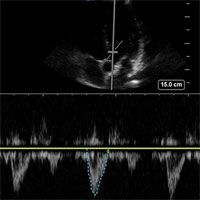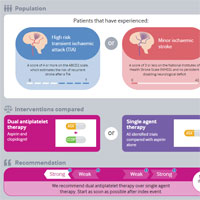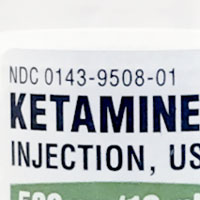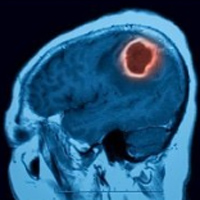Tag: stroke

Overuse of troponin? A comprehensive evaluation of testing in a large hospital system
Troponin assays are integral to the diagnosis of acute myocardial infarction (AMI), but there is concern that testing is over utilized and may not conform to published guidelines. We reviewed all testing performed at 14 hospitals... read more

Fluid Responsiveness in a Hemodynamically Unstable Patient
Only half of patients who are hemodynamically unstable will respond to a fluid bolus. There are no historical or physical examination findings that can help us decide whether a patient is a fluid responder, but we must treat... read more

Dual Antiplatelet Therapy with Aspirin and Clopidogrel for Acute High Risk Transient Ischemic Attack and Minor Ischemic Stroke
What is the role of dual antiplatelet therapy after high risk transient ischemic attack or minor stroke? Specifically, does dual antiplatelet therapy with a combination of aspirin and clopidogrel lead to a greater reduction... read more

Mortality and Morbidity in Acutely Ill Adults Treated with Liberal vs. Conservative Oxygen Therapy
In acutely ill adults, high-quality evidence shows that liberal oxygen therapy increases mortality without improving other patient-important outcomes. Supplemental oxygen might become unfavourable above an SpO2 range of 94-96%.... read more

Prevalence for Delirium in Stroke Patients
These results underline the importance of delirium screening in stroke patients specifically during the night. Since even short delirious episodes are associated with more complications and increased disability, future studies... read more

Warfarin Nonadherence: What Factors Lead Patients with Afib to Discontinue?
Patients with atrial fibrillation (AF) frequently discontinue their warfarin therapy, and a recently-published study offers insight into factors that may contribute to nonadherence. The report, released in JAMA Cardiology,... read more

Intubation in Special Patient Populations: Intracranial Hemorrhage
Lidocaine has weak evidence to support its ICP blunting effects. Fentanyl may be a better choice. Ketamine is a reasonable alternative to etomidate during induction. No differnce in mortality exists between usage of succinylcholine... read more

The Fluid Debate: Balanced or Unbalanced
Consider using balanced fluids in your ED unless you are treating a patient at risk for cerebral edema, or a patient with a chloride responsive metabolic alkalosis, e.g. from gastric losses. Although the superiority of balanced... read more

Efficacy of Combined Intravenous Thrombolysis and Thrombectomy
Mechanical thrombectomy (MT) improves clinical outcomes in patients with acute ischemic stroke (AIS) caused by a large vessel occlusion. However, it is not known whether intravenous thrombolysis (IVT) is of added benefit... read more

Combined Intravenous Thrombolysis and Thrombectomy vs Thrombectomy Alone for Acute Ischemic Stroke
The results indicate that treatment of patients experiencing AIS due to a large vessel occlusion with IVT before MT does not appear to provide a clinical benefit over MT alone. A randomized clinical trial seems warranted.... read more

General Anesthesia a Viable Sedation Strategy for Thrombectomy in Stroke
An analysis of a New York registry with 1174 patients who underwent thrombectomy showed a correlation between general anesthesia and death. Several other studies that only compared embolectomies done with and without general... read more

Association of ICH Among Patients Taking Non–Vitamin K Antagonist vs Vitamin K Antagonist Oral Anticoagulants With In-Hospital Mortality
Among patients with ICH, prior use of NOACs or warfarin was associated with higher in-hospital mortality compared with no OACs. Prior use of NOACs, compared with prior use of warfarin, was associated with lower risk of in-hospital... read more

Rivaroxaban Lowers Cardiovascular Risk But Increases Bleeding Risk
In 27,395 patients with stable atherosclerotic disease, the addition of 2.5 mg rivaroxaban twice daily to aspirin therapy reduced the rates of cardiovascular death, stroke, or nonfatal MI, at the cost of increased major bleeding... read more

Development and Validation of an Empiric Tool to Predict Favorable Neurologic Outcomes Among PICU Patients
This proposed prediction tool encompasses 20 risk factors into one probability to predict favorable neurologic outcome during ICU stay among children with critical illness. Future studies should seek external validation and... read more




